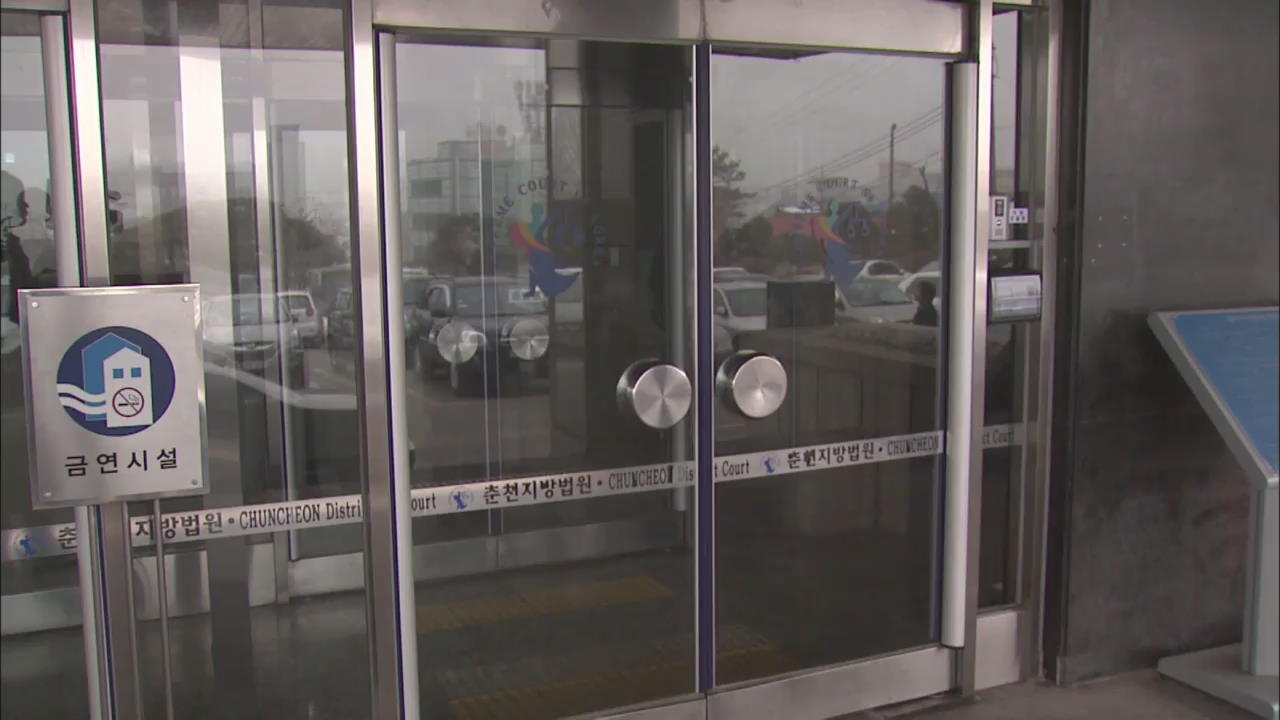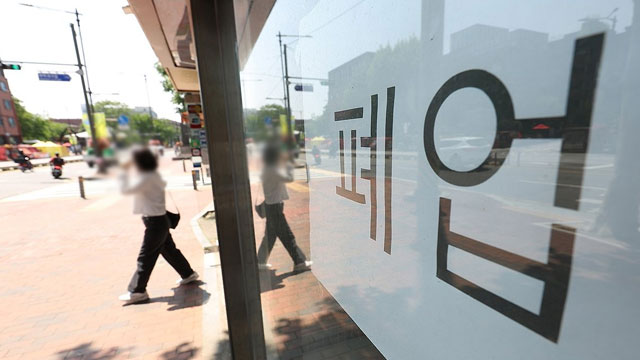Population Decline
입력 2016.12.09 (14:16)
수정 2016.12.09 (16:28)
읽어주기 기능은 크롬기반의
브라우저에서만 사용하실 수 있습니다.
[Anchor Lead]
A new report shows that due to the low birth rate, Korea's working age population will begin to decline starting next year. Within the next 50 years, total population in the country is expected to fall by as much as 8 million people.
[Pkg]
Despite the nation's low birth rate and aging population, there are still more newborns than the number of deaths in Korea. There are currently 93 senior citizens for every 100 youth. The ratio for the elderly is expected to rise to 105 next year and surge to 442 by the year 2065. Korea's total population is also expected to reach a peak in 2031 before starting to decline reaching 43 million by 2065, which is 8 million less from today. A century later in 2115, Korea's projected population is just 25 million, half of what it is today. The percentage of the economically active working age population will also begin to decrease from next year to dwindle down to half in the next 50 years.
[Soundbite] Lee Ji-yeon(Statistics Korea) : "Korea had the highest percentage of working age population in the OECD last year.However it's expected to have the lowest percentage by 2065."
As such, the number of elderly citizens supported by every 100 working age Korean is also expected triple from the current 36 to over 108.
[Soundbite] Kim Chang-bae(Researcher, Korea Economic Research Institute) : "The Korean economy is likely to enter a protracted recession. Medical, social expenses and welfare burden for the elderly will also sharply increase."
Experts advise that Korea must learn from Japan which saw its reduced working age population leading to an economic recession.
A new report shows that due to the low birth rate, Korea's working age population will begin to decline starting next year. Within the next 50 years, total population in the country is expected to fall by as much as 8 million people.
[Pkg]
Despite the nation's low birth rate and aging population, there are still more newborns than the number of deaths in Korea. There are currently 93 senior citizens for every 100 youth. The ratio for the elderly is expected to rise to 105 next year and surge to 442 by the year 2065. Korea's total population is also expected to reach a peak in 2031 before starting to decline reaching 43 million by 2065, which is 8 million less from today. A century later in 2115, Korea's projected population is just 25 million, half of what it is today. The percentage of the economically active working age population will also begin to decrease from next year to dwindle down to half in the next 50 years.
[Soundbite] Lee Ji-yeon(Statistics Korea) : "Korea had the highest percentage of working age population in the OECD last year.However it's expected to have the lowest percentage by 2065."
As such, the number of elderly citizens supported by every 100 working age Korean is also expected triple from the current 36 to over 108.
[Soundbite] Kim Chang-bae(Researcher, Korea Economic Research Institute) : "The Korean economy is likely to enter a protracted recession. Medical, social expenses and welfare burden for the elderly will also sharply increase."
Experts advise that Korea must learn from Japan which saw its reduced working age population leading to an economic recession.
■ 제보하기
▷ 카카오톡 : 'KBS제보' 검색, 채널 추가
▷ 전화 : 02-781-1234, 4444
▷ 이메일 : kbs1234@kbs.co.kr
▷ 유튜브, 네이버, 카카오에서도 KBS뉴스를 구독해주세요!
- Population Decline
-
- 입력 2016-12-09 14:17:18
- 수정2016-12-09 16:28:25

[Anchor Lead]
A new report shows that due to the low birth rate, Korea's working age population will begin to decline starting next year. Within the next 50 years, total population in the country is expected to fall by as much as 8 million people.
[Pkg]
Despite the nation's low birth rate and aging population, there are still more newborns than the number of deaths in Korea. There are currently 93 senior citizens for every 100 youth. The ratio for the elderly is expected to rise to 105 next year and surge to 442 by the year 2065. Korea's total population is also expected to reach a peak in 2031 before starting to decline reaching 43 million by 2065, which is 8 million less from today. A century later in 2115, Korea's projected population is just 25 million, half of what it is today. The percentage of the economically active working age population will also begin to decrease from next year to dwindle down to half in the next 50 years.
[Soundbite] Lee Ji-yeon(Statistics Korea) : "Korea had the highest percentage of working age population in the OECD last year.However it's expected to have the lowest percentage by 2065."
As such, the number of elderly citizens supported by every 100 working age Korean is also expected triple from the current 36 to over 108.
[Soundbite] Kim Chang-bae(Researcher, Korea Economic Research Institute) : "The Korean economy is likely to enter a protracted recession. Medical, social expenses and welfare burden for the elderly will also sharply increase."
Experts advise that Korea must learn from Japan which saw its reduced working age population leading to an economic recession.
A new report shows that due to the low birth rate, Korea's working age population will begin to decline starting next year. Within the next 50 years, total population in the country is expected to fall by as much as 8 million people.
[Pkg]
Despite the nation's low birth rate and aging population, there are still more newborns than the number of deaths in Korea. There are currently 93 senior citizens for every 100 youth. The ratio for the elderly is expected to rise to 105 next year and surge to 442 by the year 2065. Korea's total population is also expected to reach a peak in 2031 before starting to decline reaching 43 million by 2065, which is 8 million less from today. A century later in 2115, Korea's projected population is just 25 million, half of what it is today. The percentage of the economically active working age population will also begin to decrease from next year to dwindle down to half in the next 50 years.
[Soundbite] Lee Ji-yeon(Statistics Korea) : "Korea had the highest percentage of working age population in the OECD last year.However it's expected to have the lowest percentage by 2065."
As such, the number of elderly citizens supported by every 100 working age Korean is also expected triple from the current 36 to over 108.
[Soundbite] Kim Chang-bae(Researcher, Korea Economic Research Institute) : "The Korean economy is likely to enter a protracted recession. Medical, social expenses and welfare burden for the elderly will also sharply increase."
Experts advise that Korea must learn from Japan which saw its reduced working age population leading to an economic recession.
이 기사가 좋으셨다면
-
좋아요
0
-
응원해요
0
-
후속 원해요
0

















이 기사에 대한 의견을 남겨주세요.